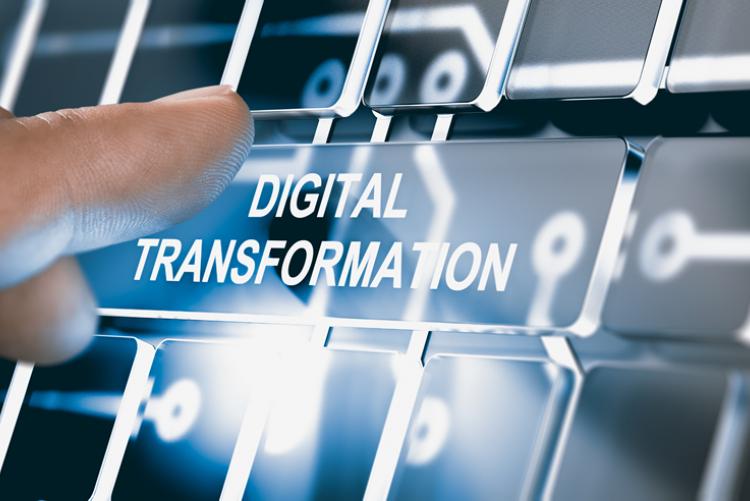Because of my job title I often get asked what Digital Transformation means, in fact it’s become a bit of an industry joke, with the term being bantered around and no one really having a solid referenceable explanation.
My role at Jubilant was advertised as Director of Digital Transformation, when I asked the CEO and CTO in the latter stages of the interview process what they thought that meant I got the defacto response which begins “well…you know..”(cue look out the window or examine the light fittings), hence I said how about we call it Business Transformation, it stuck and that is what I ended up with.
What is Digital Transformation?
A few years ago (2013) a small piece escaped the brains trust at the IBM Institute for Business Value and this has underpinned my understanding of Digital Transformation in the subsequent years and will drive this piece I’m sharing today, which essentially posits that Digital Transformation consists of three distinct elements, Digitisation, Transformation and finally Re-Invention.
Digitisation
Digitisation focusses on individual tasks a person may carry out. Essentially, it’s the process of technologically enabling or facilitating a task that would have previously been a manual process. In its simplest form word processing software replaces typewriters, the artefacts created are not paper but are in fact files that are electronically readable by other systems and processes.
The biggest impact probably being seen with Email, replacing the paper based letter removed the need to physically move paper around an office or organisation. Facilitating higher speed communications and greater throughput of administrative process.
Transformation
Transformation focusses on the process of linking previously Digitised tasks together to rationalise or simplify a related set of tasks or processes. An order gets placed electronically in a shop or online, automatically triggering the process to pick an item in a warehouse and prepare the appropriate packing and shipping information to fulfil the order.
Transformation often has the greatest impact on human resources. Organisations that understand the value of people will use the increased person bandwidth to act as a seed bed to drive innovation, in the same way that subsistence economies evolve as the mechanisation of food manufacture frees up resources to innovate and widen knowledge. Other organisations will see this purely as an opportunity to prune the nest and save some cash, only you know which will have greater resonance in your business.
Re-Invention
Re-Invention focusses on the newly created capability of transformation to create potentially new products and services. Essentially a product/service that would have been impossible previously or involved many moving parts with multiple independent relationships.
We find many great examples of this in the travel industry, aggregator vendors like Expedia crafting customer experiences that actually end up shaping expectation and dragging through heritage vendors like British Airways. When booking a flight, I will be offered insurance, accommodation, hire cars and a growing plethora of destination related offerings.
Expedia is a service that only exists becuase of the digital transformation of products and services offered by other vendors, Expedia then intelligently aggregate and join these products and services up to create essentially a new product.
This is an example of multiple vendors at the 3rd evolution of the digital transformation process, being able to participate digitally to create tailored and bespoke offerings which previously would have been driven individually by traditional independent multi-channel models. This new product is essentially the service of wrapping multiple products into one new greater product with more appeal, due to its relevance, simplicity and accessibility.
The Net Net
I’ve referred to the 4 evolutions of Digital Transformation in another article and we are currently at the heart of the 3rd evolution. The 3rd evolution of Digital Transformation is very much focussed on the last stage described above "Re-Invention", the use of our technology assets to drive innovation, create new value, new products and new services.
So there you go, that's Digital Transformation according to IBM, albeit with my interpretation on it. I think its the best description that I've banged my shins on up to now, but I'm sure others will have other ideas and as always we would like to hear them!
PS. To test if your project qualifies for digital transformation evolution 3 status, simply ask would the product or service be possible to create with the same commercial dimensions and accessibility if the digital assets, automated processes and interconnections to value chain and customer didn’t exist, if the answer is no it wouldn’t, you’re in evolution 3 and well done you!

